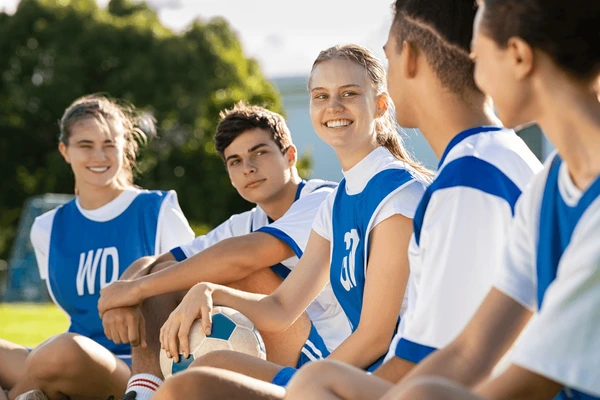High school is a pivotal time in a student’s life, marked by significant growth, exploration, and the laying of foundations for future endeavors. For many students, this period is also characterized by a deep involvement in sports, which not only contributes to physical well-being but also teaches valuable life lessons such as teamwork, discipline, and perseverance. However, balancing sports with academic responsibilities can be a challenging tightrope to walk. This article aims to explore strategies and insights on how high school students can successfully navigate this dual path of athletic pursuits and studies.
The Importance of Time Management
The cornerstone of balancing sports and studies lies in effective time management. High school athletes must learn to prioritize their tasks and allocate specific times for studying, training, and rest. This involves creating a detailed schedule that accommodates both academic commitments, such as homework and project deadlines, and sports activities, including practices and games. It’s also crucial to factor in time for relaxation and social activities to prevent burnout.
Setting Realistic Goals
Setting realistic and achievable goals in both sports and academics is essential. These goals should be specific, measurable, attainable, relevant, and time-bound (SMART). For instance, an athlete might aim to improve their grades in a particular subject while also working towards a personal best in their sport. Setting goals helps in maintaining focus and motivation, making it easier to balance the demands of both domains.
Seeking Support
No one can successfully navigate high school alone, and athletes should not hesitate to seek support from various quarters. This includes teachers, coaches, parents, and peers. Teachers can offer guidance on managing academic workloads, while coaches can provide advice on balancing sports commitments. Parents and peers can offer emotional support and practical help, such as study groups or shared transportation to games.
Maintaining a Healthy Lifestyle
A healthy lifestyle is not just about physical fitness; it also encompasses mental and emotional well-being. High school athletes should pay attention to their diet, ensuring they consume enough nutrients to fuel their bodies for both sports and studies. Adequate sleep is also crucial for cognitive function and recovery. Additionally, engaging in stress-reducing activities, such as meditation or hobbies, can help maintain mental health.
Embracing Flexibility
Finally, it’s important for high school athletes to embrace flexibility. Unexpected changes, such as injury or a sudden increase in academic workload, can disrupt the balance between sports and studies. Being adaptable and willing to adjust one’s plans is key to overcoming such challenges.
Conclusion
Balancing sports and studies in high school is undoubtedly a challenging endeavor, but it is also incredibly rewarding. By mastering time management, setting realistic goals, seeking support, maintaining a healthy lifestyle, and embracing flexibility, high school athletes can thrive both on the field and in the classroom. This balance not only enhances their high school experience but also prepares them for the demands of college and beyond, where the ability to juggle multiple responsibilities is invaluable.
